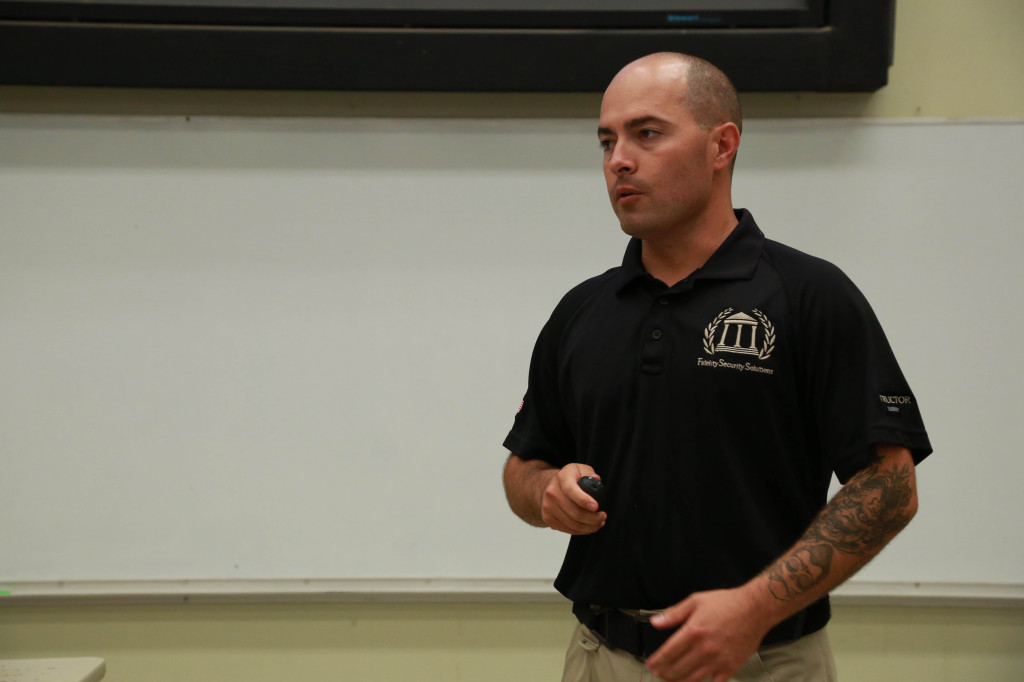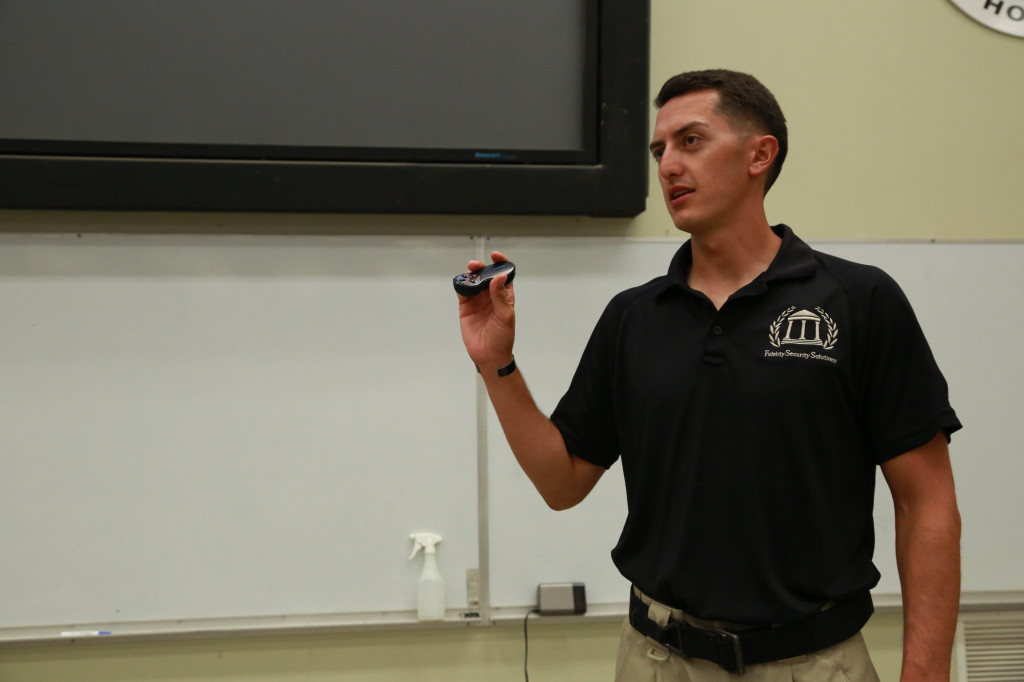Phase 1: Initial threat assessment/site survey
Identify critical vulnerabilities, avenues of approach, susceptible danger areas, etc.
Phase 2: Emergency response drill evaluation
Key leaders engage in collaborative drills, evaluating their students in the event of a tragic event occurring on the premise (i.e. active shooter drills, bomb threats, knife threats, hazardous/chemical threats, etc.)
Phase 3: Platform Instruction
Our team leaders instill effective and proven strategies and methodologies to combat these various situations with positive outcomes. (P.R.A.Y. course). Building on the evaluations of Phase 2 and allowing students of the course to act independently.
Phase 4: Follow-up Correspondence
After Action review with key leaders and knowledge retention evaluations. Final assessment will be made of the students and facilities. So that The P.R.A.Y. leaders can properly provide the institutions with security strategies and actionable measures.
Module 1: Proactive mindset
• Profiling/Analyzing/Assessing risks and potential harmful events through a systematic approach to visual comprehension. Understanding your baseline in any given situation and identifying anomalies within that structure that may pose as an indication of a threat.
Module 2: Protective Procedures
• Perspective training on critical vulnerabilities, position fortification, likely avenues of attack, and countering a given oppressors tactics to be used against them.
Module 3: Self-Defense Training
• Training in the art of situation diffusion, impulse/reactive defense mechanisms, anti-combatant unarming techniques, interpersonal violence tactics, and joint/nerve manipulation for restraining procedures.
Module 4: First responder care | Life Saving Training
• Hands on first-aid medical training focusing on emergency triage and first responder immediate action steps in order to treat victims of an unexpected attack.
Breakdown
**This course can be tailored to accommodate any administration scheduling constraints**
Phase 1: Initial threat assessment/site survey
i. Instructors engage with leaders at the institution in order to identify critical vulnerabilities within the layout of the structure, and ways in which these friction points can be mitigated.
Phase 3: Formal educational training
i. Module 1: Proactive mindset
- Guided discussion/focus groups
- Practical application assignment
ii. Module 2: Protective Procedures
- Realistic scenario base training
- Knowledge retention through application
iii. Module 3: Self-Defense Training
- Hands on training
- Scenario drills to build muscle memory
iv. Module 4: First response care
- Hands on training
- Real life scenario base training
v. Modules 1-4: Training Culmination event
- Actual scenario based evaluation to check knowledge retention through application of principles taught in course.
***Phase 4: Follow-Up Correspondence will occur upon completion of scheduled school district tour***




